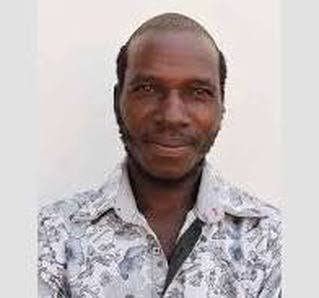The field of disability evolves with time and as it evolves some words lose their currency. It is indeed expected that the disability shorthand becomes productive with time because one of the characteristics of any language is productivity. Disability terminology is not universal, it is understood and characterised by time, geography and space. Different perceptions of disability are a result of models of disability. The way a person views disability is by and large informed by the person’s understanding that is coloured by a specific paradigm or model of disability. It is the object of this opinion piece to explore disability terminology as it is understood in varied sites.
The disability terminology is fluid. It changes with time. Models of disability influence people’s perceptions of disability. A model is simply an understanding of a phenomenon. This understanding may constitute a family of assumptions, philosophical outlooks, paradigms or worldviews. For example, the Social Model of disability assumes that disability is not an individual problem, but a problem stemming from how society is organised or structured. This assumption of disability holds that disability is what is experienced when a person with an impairment attempts to interact with his or her environment. What is experienced by a person with an impairment at the plane of interaction with the environment constitutes disadvantages that complexify the lives of people with disabilities. Arguably, the Social Model of disability would then characterise people with disabilities as disabled people whose dreams to being and becoming are hobbled by a society that lacks collective access. They are disabled by their environment, and this environment may be social, structural, environmental, psychological, institutional and / or cultural. The Social Model of disability has its roots in Britain. In Britian it is not amiss to refer to people with disabilities disabled.




Leave a Reply